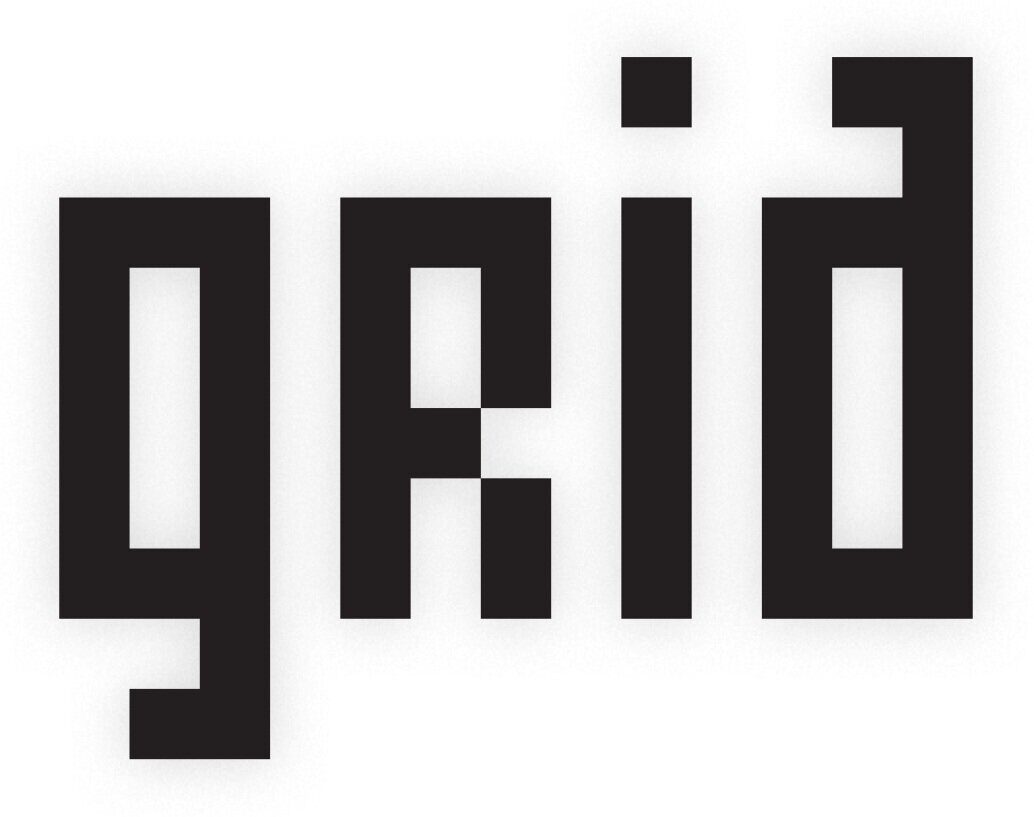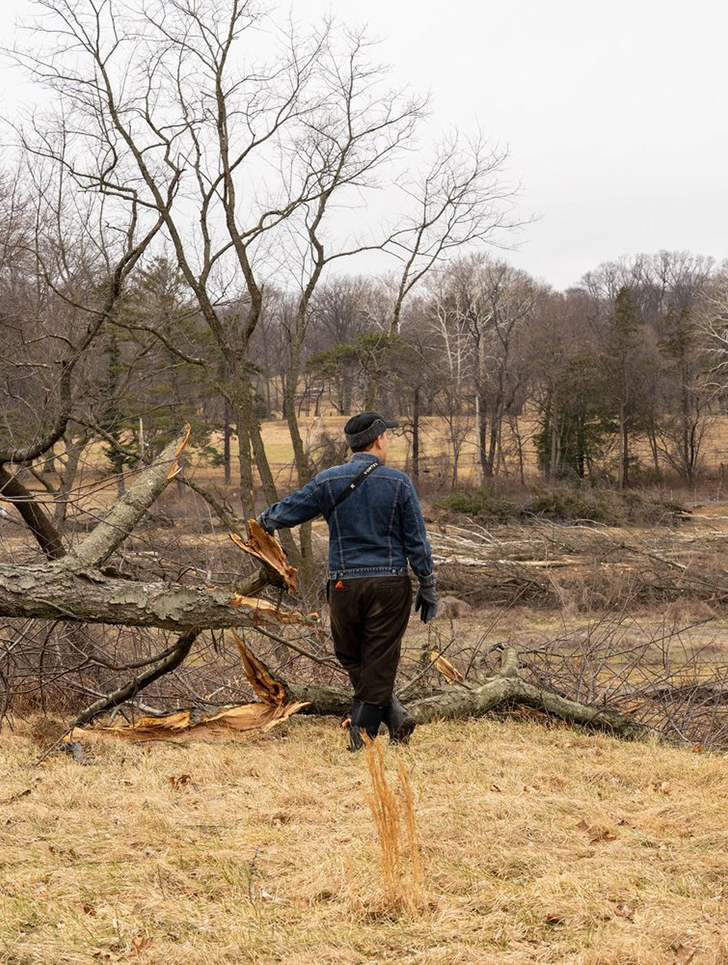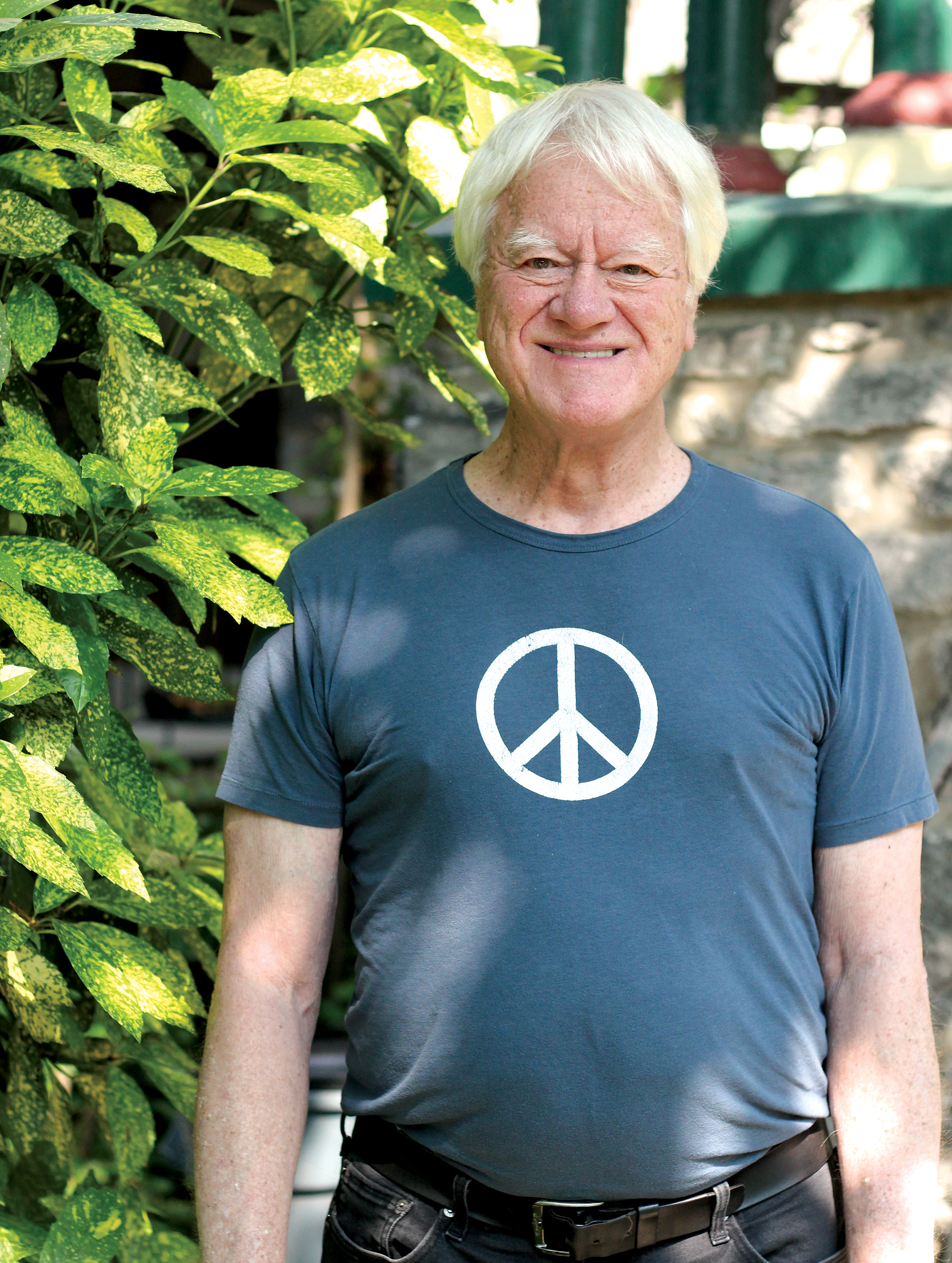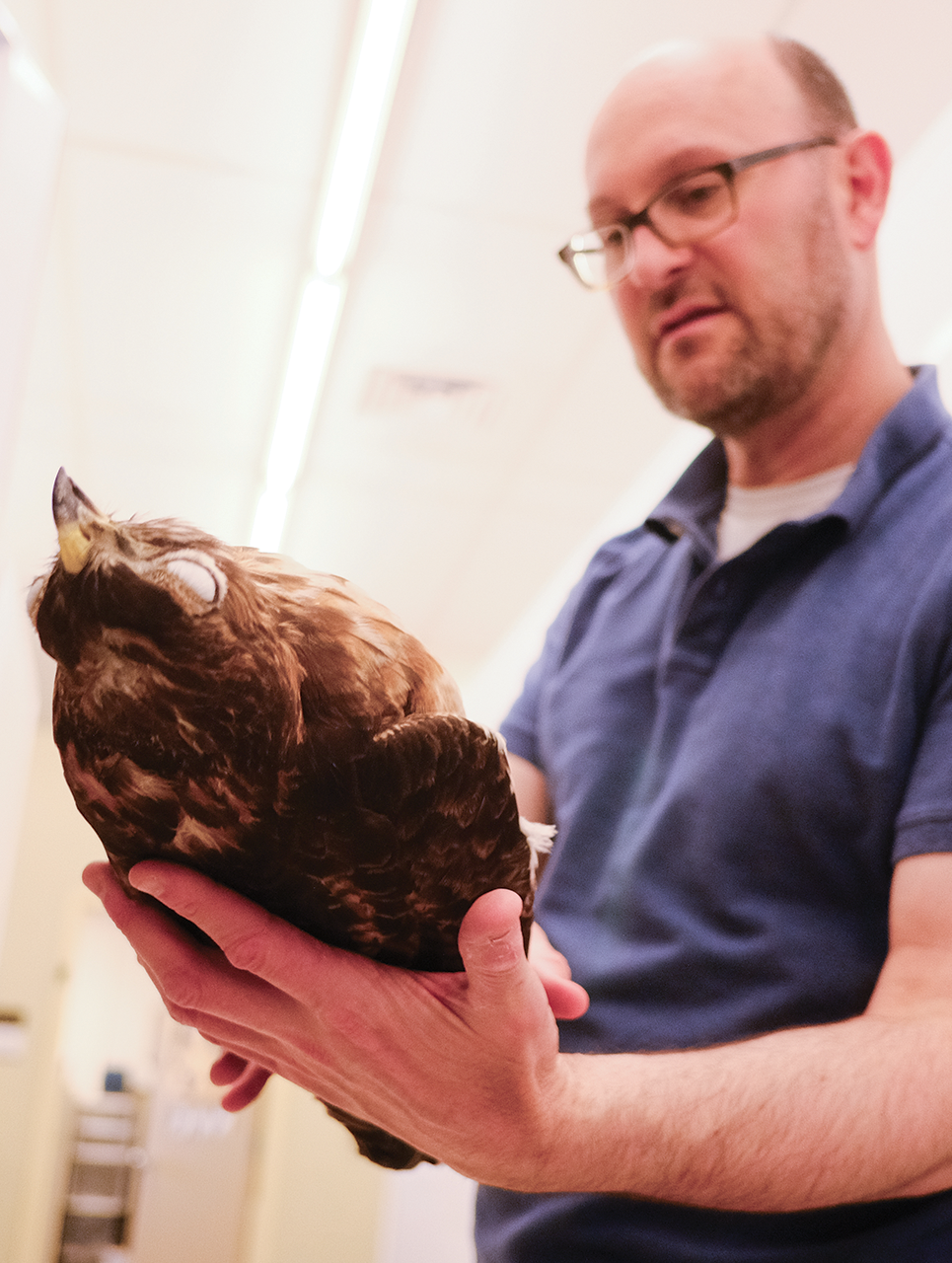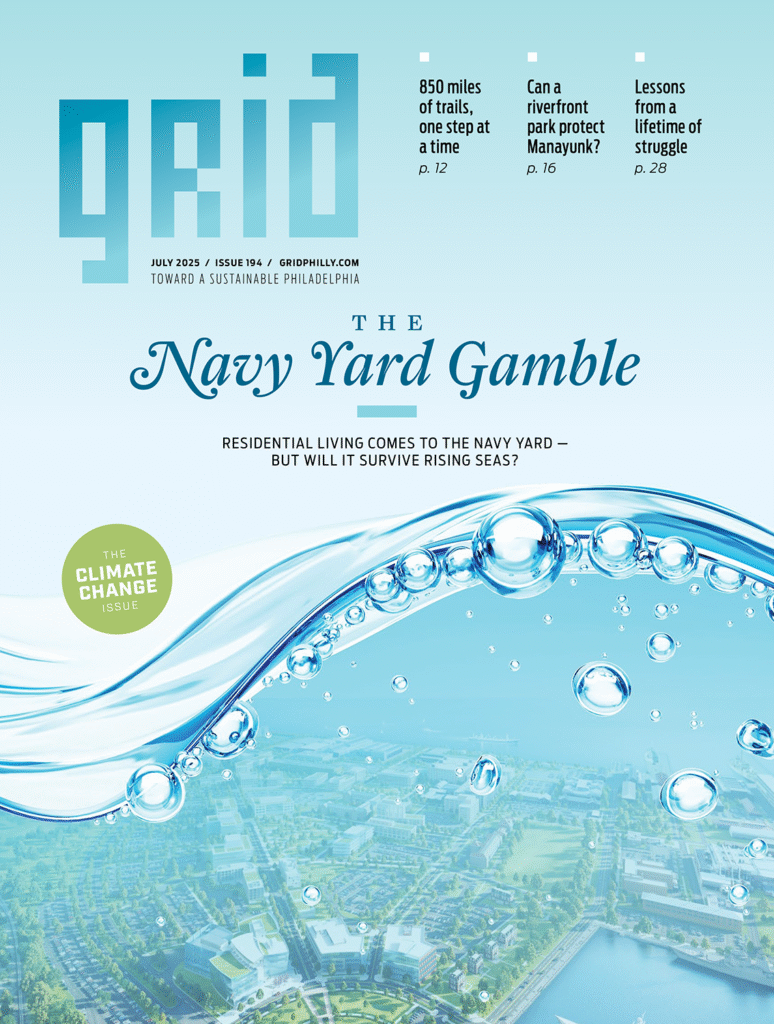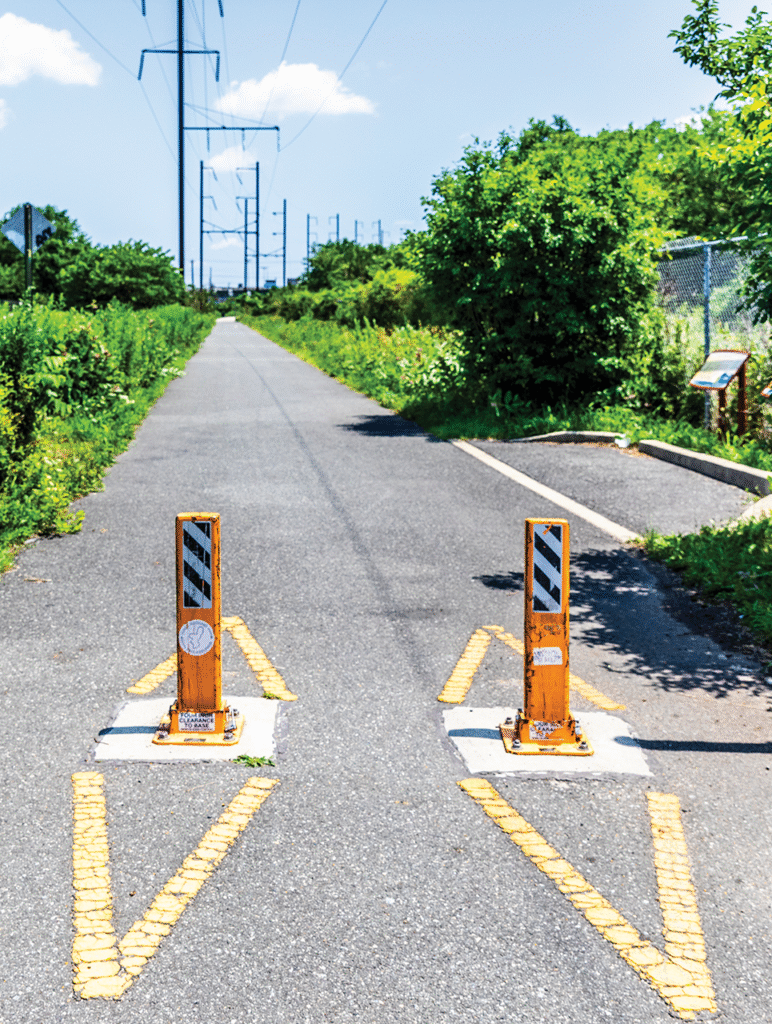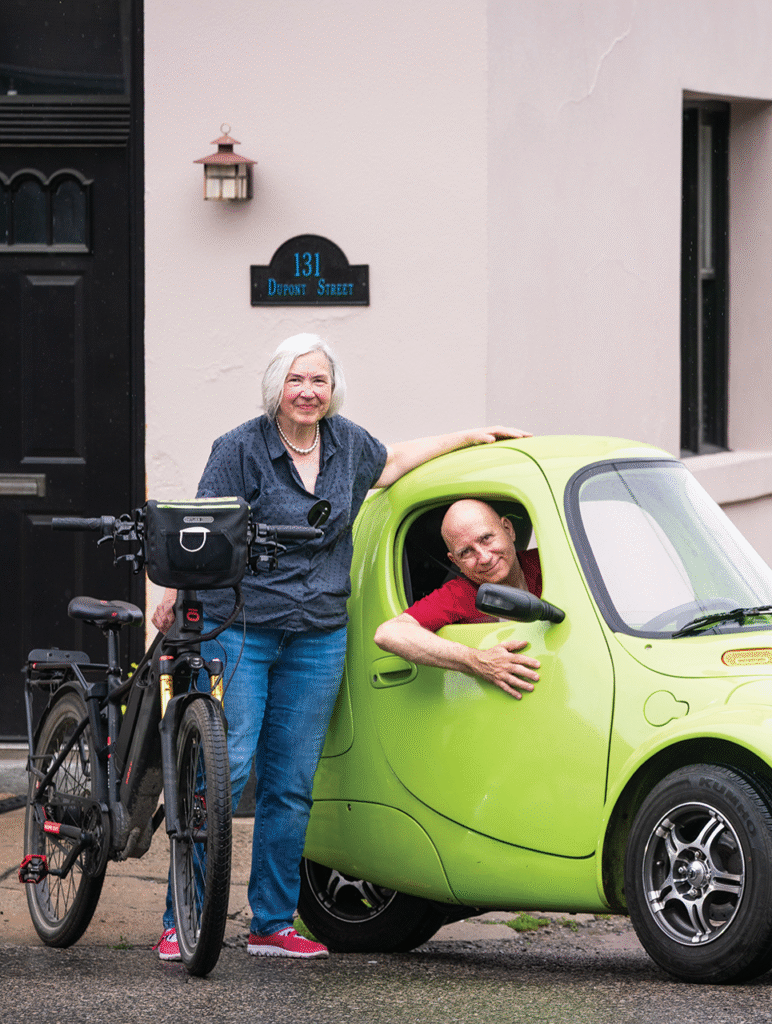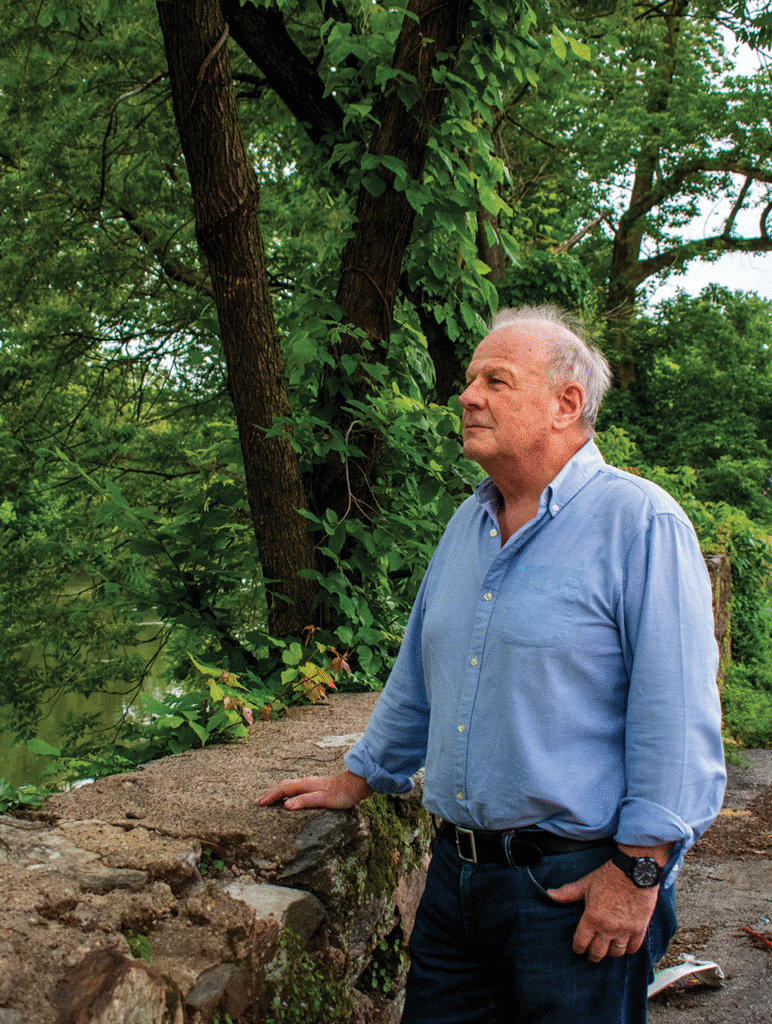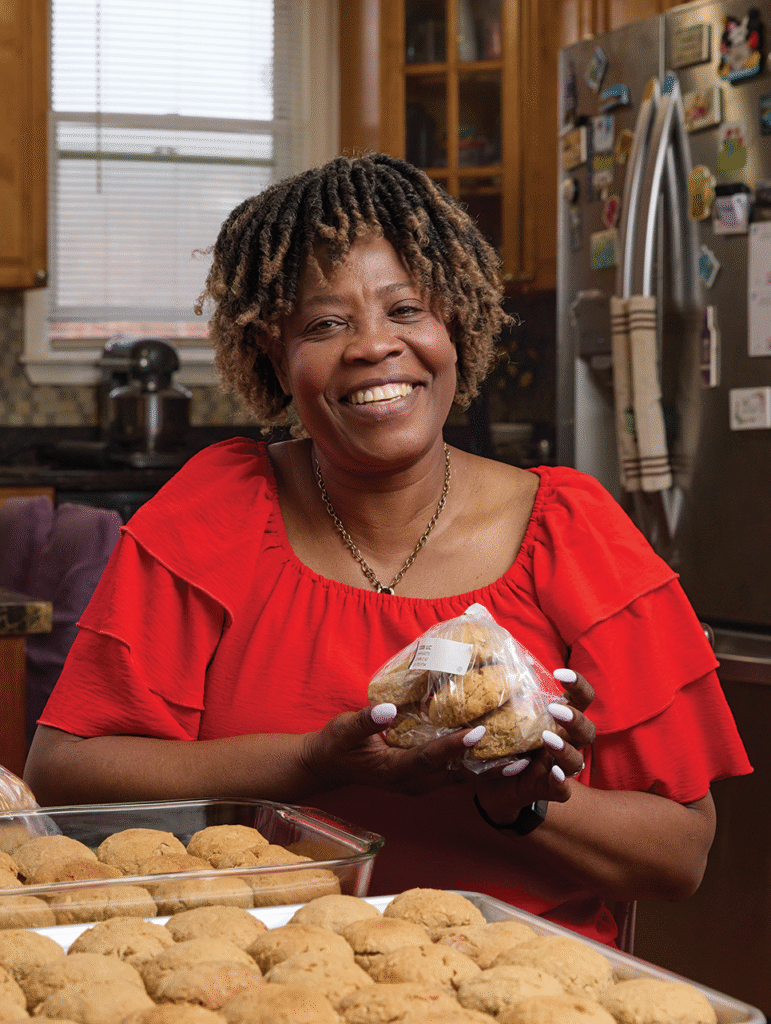My daughter and I wended our way through the streets of our West Philly neighborhood, shunted block after block by fire department barricades. We were heading from a playground, where we had started the morning, to the supermarket, but there was a burning vacant apartment building in the way. As we followed the downwind side of the safety perimeter, me on my bike towing her in a trailer, the air grew hazy with smoke. We inhaled the gas and particulate remains of the apartment block’s wood, matter that had been locked in the timbers, walls and floorboards since they had been hammered into place inside the brick facade in 1928. It did not belong in our lungs.
That brief exposure made me glad we live a few blocks upwind and that, aside from that ride to the grocery store, my family wouldn’t have to breathe the smoke. We got lucky. All the families living downwind did not.
At that moment, families in Chicago and Detroit were inhaling smoke from black spruce, jack pine, larch, balsam fir and other trees burning in the boreal forests of Saskatchewan and Manitoba. Our smoky neighborhood and the footage of these cities in the news reminded me of Philadelphia two years ago when our air was filled with smoke from similar Canadian fires, trapping us in a toxic orange haze. So far this year the winds have blown most of the wildfire smoke to the Upper Midwest. Again I feel lucky in the face of other families’ misfortune.
Boreal forest fires are usually sparked by summer lightning strikes. Until recently they have been a routine but not catastrophic force in shaping the far-north landscape. Every 100 to 150 years fire would run through stands of black spruce and other conifers, clearing the way for new plant communities to establish themselves. That was before global warming. These days less snow piles up through the winter. The thinner snowpack then melts away quickly, drying out the deep layer of slowly decaying wood and conifer needles on the forest floor, turning the damp, springy mass into a crunchy bed of tinder. Now fires start earlier in the season than they used to, and they easily roar out of control. The boreal forests north of the border are vast, and they will only be growing drier and warmer.
The firefighters extinguished the apartment fire the same day, and the smoke cleared from our neighborhood, but our future remains hazy. Canada has a long fire season ahead, and worsening fire seasons every year for the foreseeable future. The smoke will always blow somewhere: to eastern Canada, to the Great Lakes and sometimes to the Mid-Atlantic.
Mostly thanks to luck and privilege, my family occupies a location and a class that have felt buffered from the worst of climate change so far. Philadelphia does not often get hit by hurricanes, unlike Florida, or Bangladesh for that matter. Wildfires increasingly happen somewhere else, like Hawaii or Manitoba, but not here. We don’t rely on farming in a drying place like the people of Guatemala’s Western Highlands. Likewise we happened to buy a house well above the floodplains that spread over much of Southwest Philadelphia. And we can afford to turn on the air conditioning whenever it gets too hot.
Of course it is incumbent upon us and on our leaders to help everyone adapt — to do everything we can to keep survival from being a matter of luck and privilege, but another smoky summer reminds me that there’s only so much we can do in the face of a disaster that is truly global, in which conflagrations on the other side of the continent can still reach us from 2,000 miles away.

